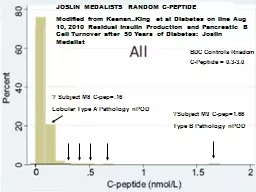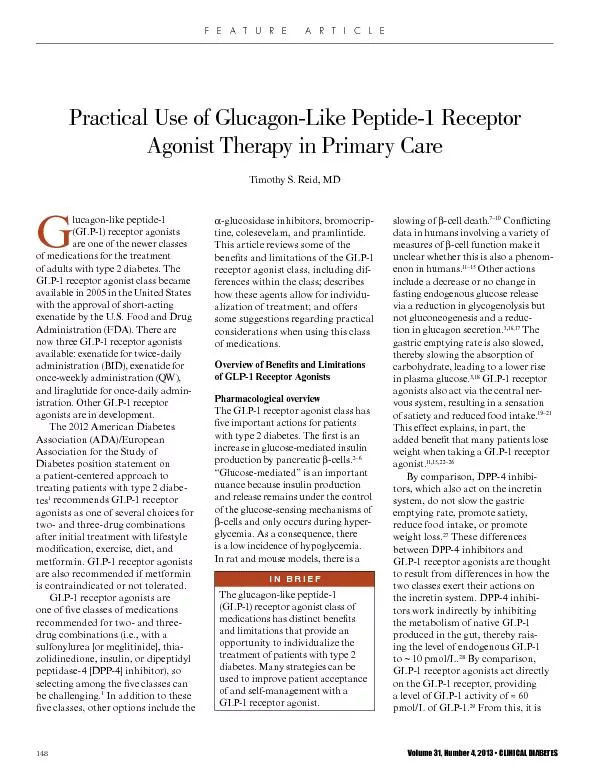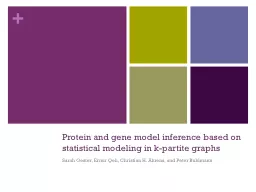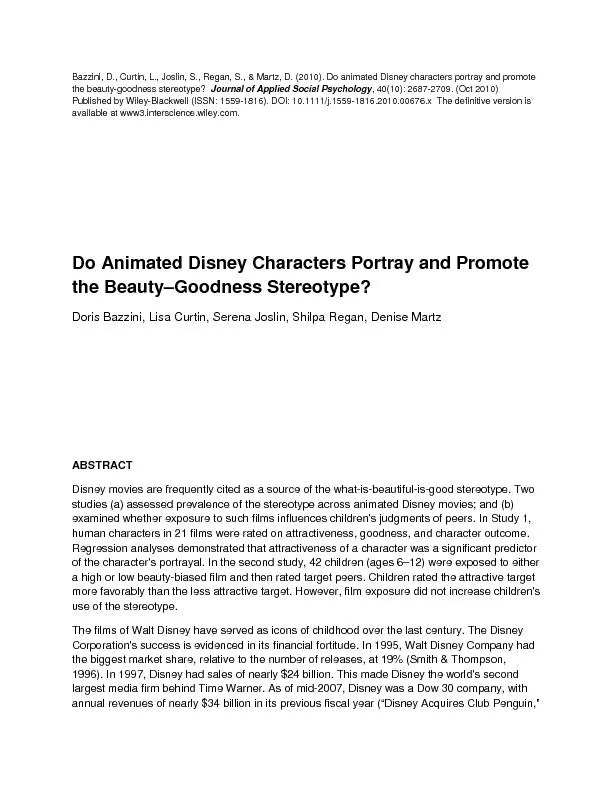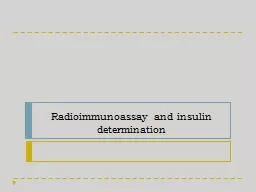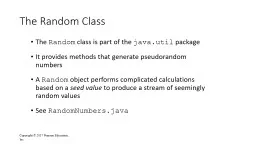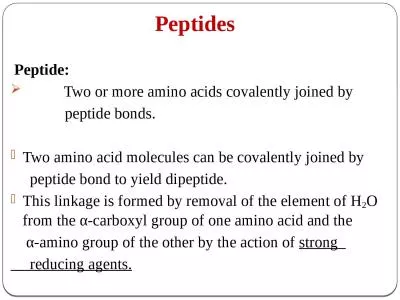PPT-JOSLIN MEDALISTS RANDOM C-PEPTIDE
Author : jane-oiler | Published Date : 2018-11-06
Modified from KeenanKing et al Diabetes on line Aug 10 2010 Residual Insulin Production and Pancreatic B Cell Turnover after 50 Years of Diabetes Joslin Medalist
Presentation Embed Code
Download Presentation
Download Presentation The PPT/PDF document "JOSLIN MEDALISTS RANDOM C-PEPTIDE" is the property of its rightful owner. Permission is granted to download and print the materials on this website for personal, non-commercial use only, and to display it on your personal computer provided you do not modify the materials and that you retain all copyright notices contained in the materials. By downloading content from our website, you accept the terms of this agreement.
JOSLIN MEDALISTS RANDOM C-PEPTIDE: Transcript
Download Rules Of Document
"JOSLIN MEDALISTS RANDOM C-PEPTIDE"The content belongs to its owner. You may download and print it for personal use, without modification, and keep all copyright notices. By downloading, you agree to these terms.
Related Documents

